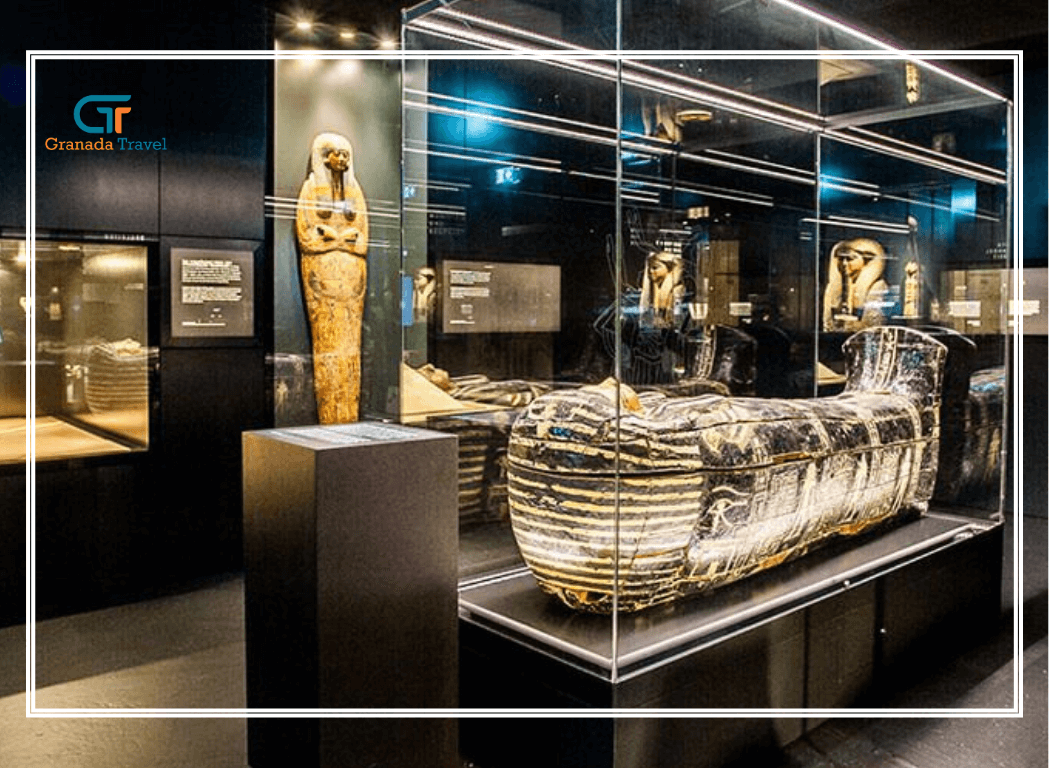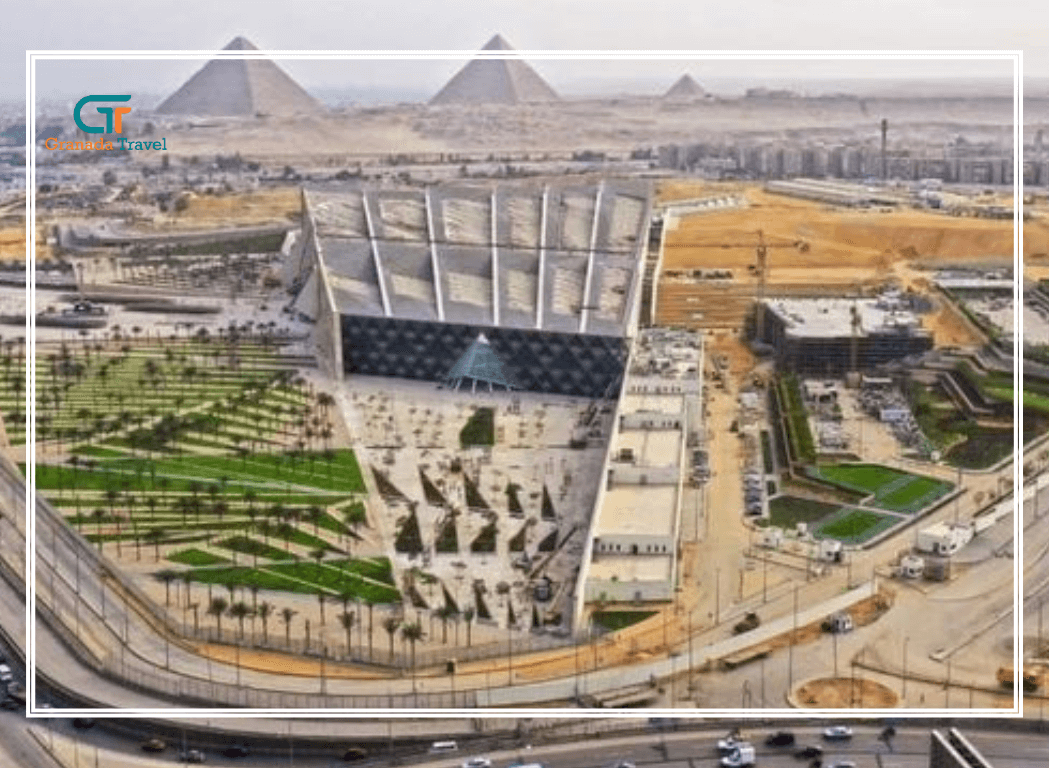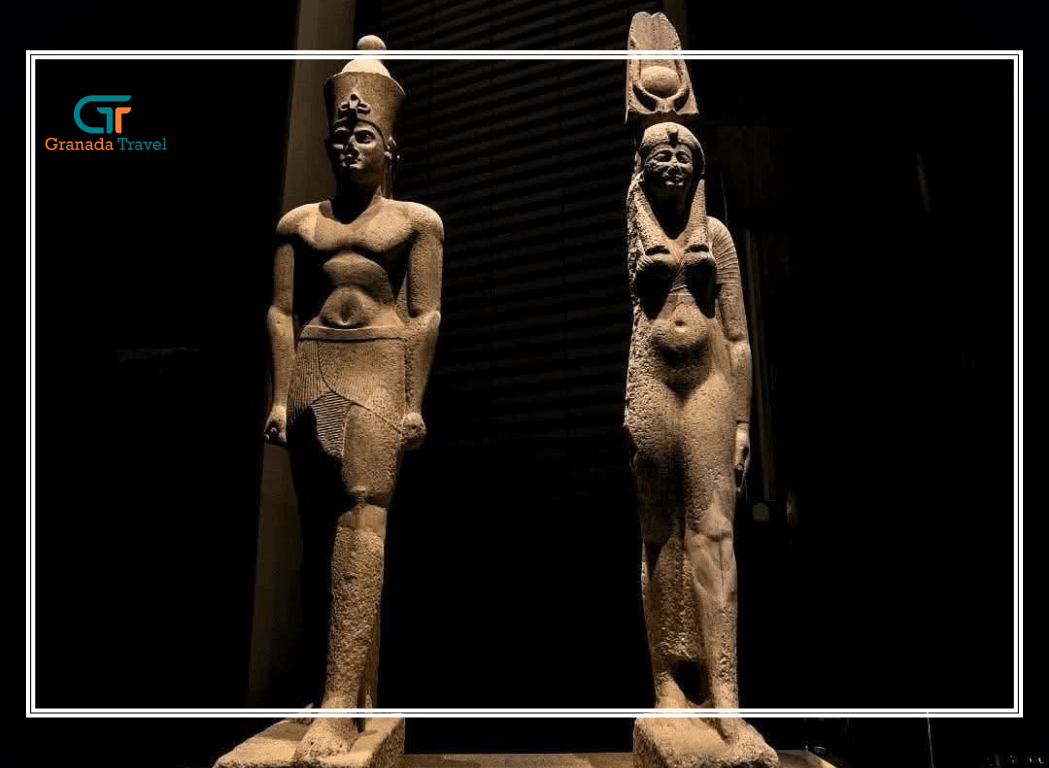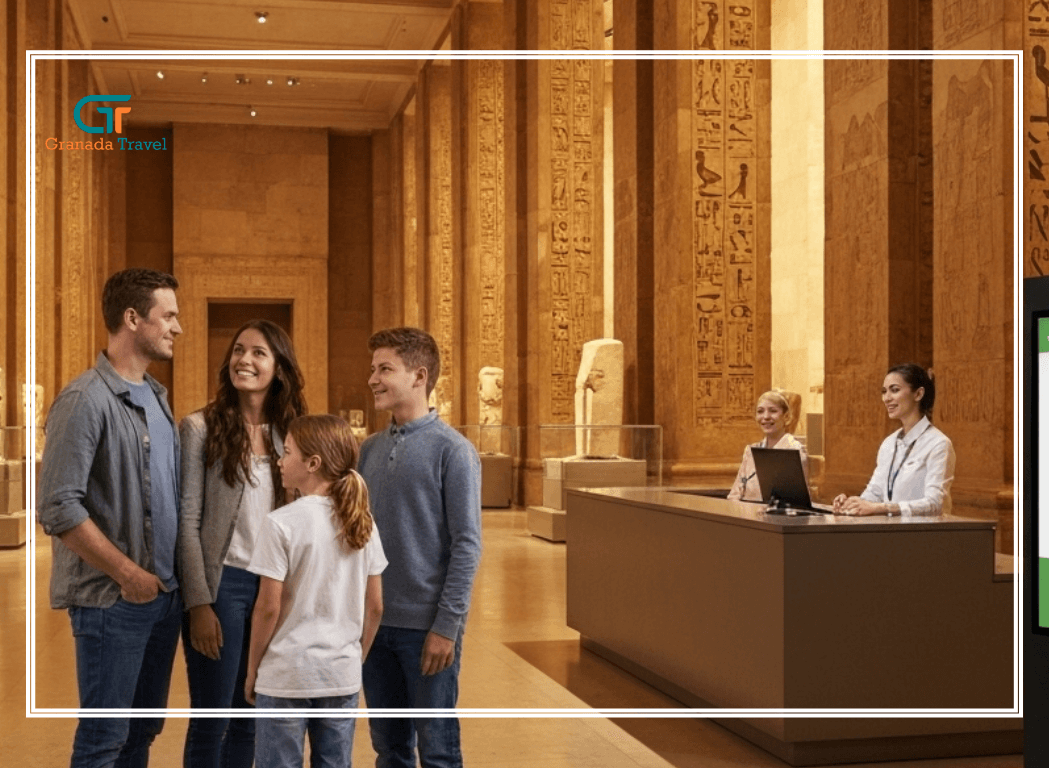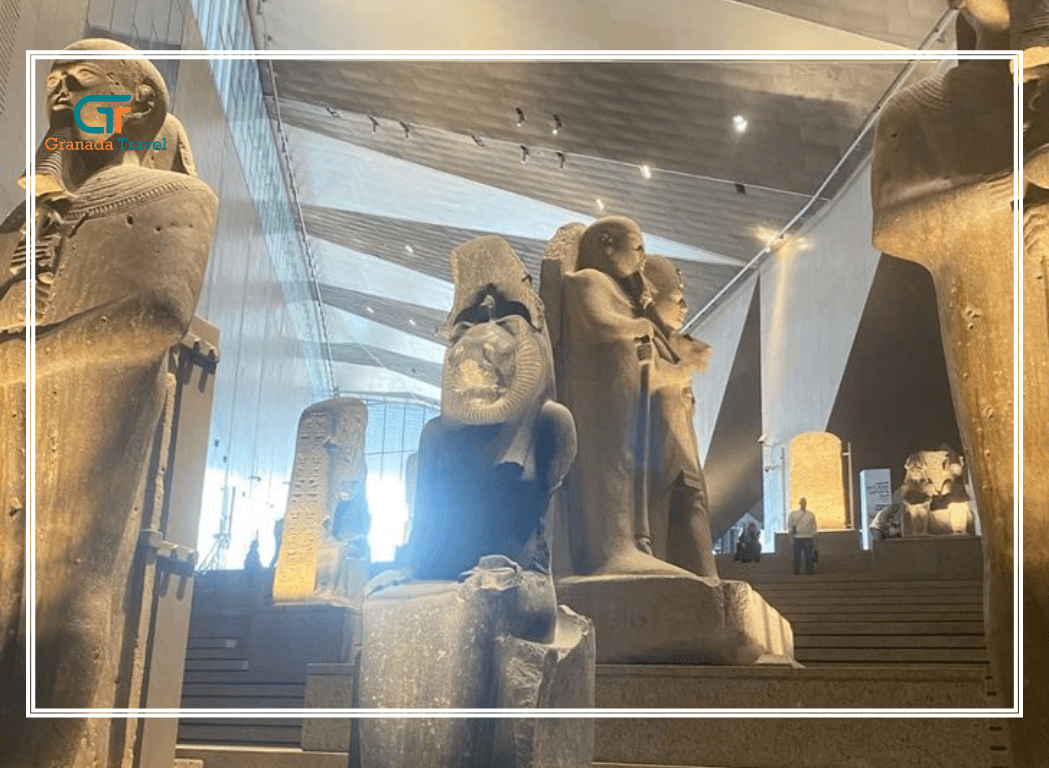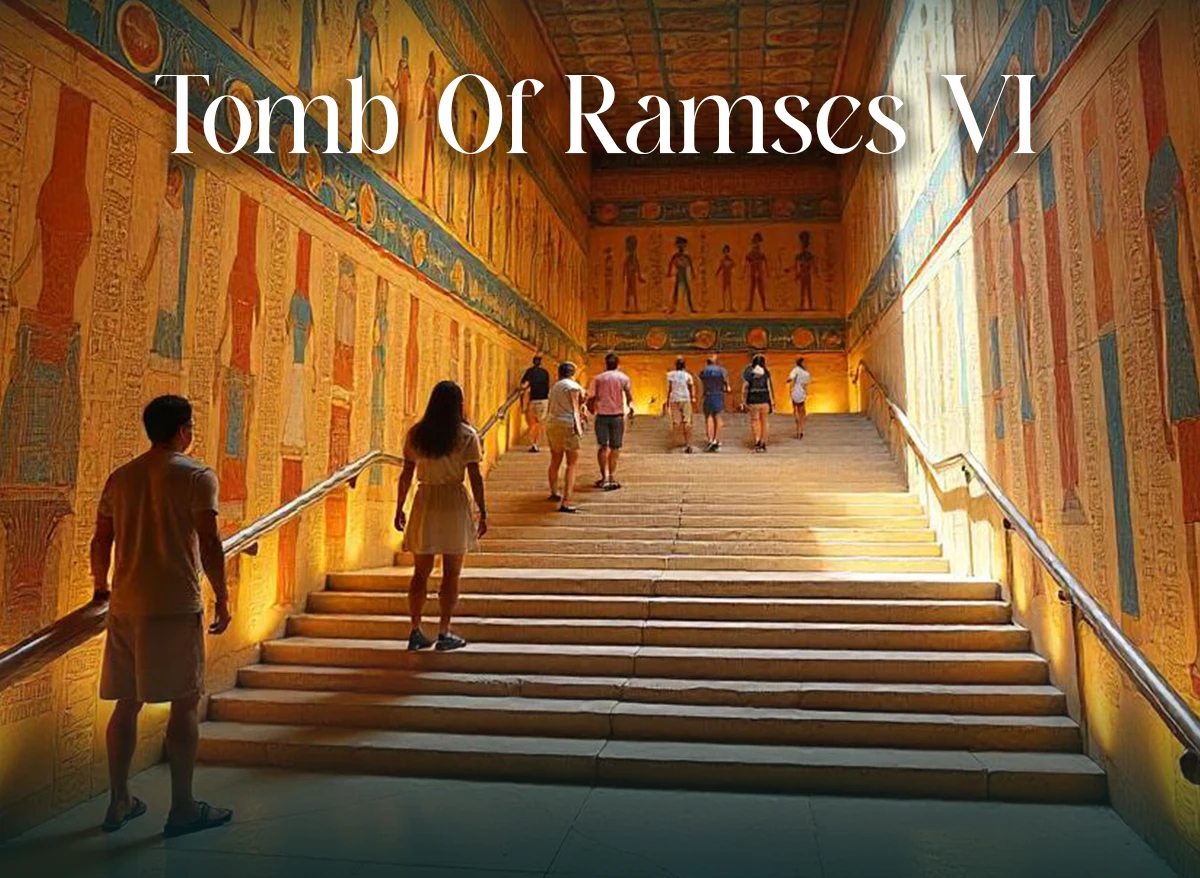
Unveiling the Celestial Drama: A Deep Dive into the Tomb of Ramses VI
The Valley of the Kings, a sun-baked necropolis carved into the Theban hills, is a place where time folds in on itself, where the echoes of ancient pharaohs whisper on the wind. Among its many marvels, one tomb stands out for its extraordinary preservation, its vibrant artistry, and its profound theological significance: the Tomb of Ramses VI (KV9). More than just a burial chamber, it’s a cosmic diagram, a celestial textbook, and a testament to the intricate beliefs of ancient Egypt regarding life, death, and the journey to the afterlife.
A Legacy Etched in Stone: Who Was Ramses VI?
Before we delve into the tomb itself, let’s briefly consider the pharaoh who commissioned this masterpiece. Ramses VI, born Amenherkhepeshef, reigned during a period of decline for the New Kingdom (circa 1145–1137 BC). His reign, though relatively short, was marked by internal strife and the waning of Egypt’s international power. Despite these challenges, Ramses VI invested significantly in his final resting place, creating a monument that would outlast his temporal power and speak volumes about his aspirations for eternal life.
Interestingly, the Tomb of Pharaoh Ramses VI wasn't originally intended for him. Its construction began under the short reign of Ramses V, his predecessor and nephew. However, Ramses VI usurped the tomb, expanding and elaborating upon the existing design to create a more fitting memorial for himself. This act of appropriation highlights the political machinations of the late New Kingdom, where even eternal resting places were subject to the whims of power.
Where is the Tomb of Ramses VI? Locating a Masterpiece
For those eager to experience this wonder firsthand, you might be asking, “Where is the tomb of Ramses VI?” It is located in the Valley of the Kings, on the West Bank of Luxor (ancient Thebes), Egypt. Specifically, it is designated as KV9 (King's Valley Tomb 9). Its prominent position and well-preserved state make it one of the most frequently visited tombs in the Valley.
Can You Go In Ramses Tomb? A Journey into the Underworld
The answer is a resounding yes! The Tomb of Ramses VI is open to the public, offering an unparalleled opportunity to step back in time and immerse yourself in the artistry and beliefs of ancient Egypt. While there's a small entrance fee to the Valley of the Kings, the tomb itself usually requires a separate ticket, a small price to pay for such an extraordinary experience.
Upon entering, visitors are immediately struck by the sheer scale and vibrant colors that adorn every surface. The air is cool and still, a welcome respite from the desert heat, and the silence is punctuated only by the hushed whispers of awe-struck visitors. This palpable sense of history is what makes a visit to the Tomb of Ramses VI so profoundly moving.
How Old is the Tomb of Ramses? A Glimpse into Ancient Time
The tomb dates back to the late 20th Dynasty of the New Kingdom, approximately 1145–1137 BC. This makes the Tomb of Ramses VI over 3,100 years old. Despite its venerable age, the colors remain astonishingly vivid, a testament to the skill of the ancient Egyptian artists and the dry desert climate that has preserved these masterpieces for millennia.
A Virtual Voyage: Tomb of Ramses VI Virtual Tour
For those unable to make the journey to Egypt, or for those who wish to prepare for their visit, a Tomb of Ramses VI virtual tour is an excellent alternative. Many museums and archaeological initiatives have created stunning online experiences, using high-resolution scans and interactive features to bring the tomb to life. These virtual tours allow you to navigate through the various chambers, zoom in on intricate details, and learn about the iconography and texts without leaving your home. It's a fantastic way to appreciate the scope and complexity of the tomb’s decoration.
The Iconography of Immortality: Images of Tomb of Ramses VI
To truly appreciate the Tomb of Ramses VI, one must understand its intricate iconographic program. The walls and ceilings are a veritable library of religious texts and astronomical diagrams, meticulously painted with a rich palette of blues, greens, reds, and yellows. The tomb is essentially a detailed map of the underworld, guiding the deceased pharaoh on his perilous journey towards rebirth with the sun god Re.
One of the most striking features of the tomb is the ceiling of the burial chamber, which depicts the astronomical texts of the Book of Nut. This includes an incredibly detailed representation of the goddess Nut, stretching across the sky, swallowing the setting sun and giving birth to it anew each morning. Surrounding her are constellations, decans (stars used for timekeeping), and other celestial bodies, all meticulously rendered. This cosmic ceiling underscores the pharaoh’s aspiration to merge with the divine and partake in the eternal cycle of creation and renewal.
Beyond the celestial, the tomb is a visual encyclopedia of underworld books, including:
- The Book of Gates: This text describes the twelve gates of the underworld, each guarded by formidable demons that the deceased must overcome to pass through. The vivid depictions of these gates and their guardians are both awe-inspiring and slightly menacing.
- The Book of Caverns: This text details the various caverns and their inhabitants within the underworld, including gods, demons, and the blessed dead.
- The Amduat (Book of That Which Is in the Underworld): This comprehensive text describes the sun god Re's journey through the twelve hours of the night, highlighting his encounters with various deities and challenges before his rebirth at dawn. The Amduat is a central theme throughout the tomb, with different sections of the text adorning various corridors and chambers.
The combination of these texts creates a cohesive narrative, providing a roadmap for the pharaoh's safe passage through the dangers of the underworld and his eventual union with Osiris and Re. The sheer volume and complexity of these scenes make the Tomb of Ramses VI a paramount resource for understanding ancient Egyptian funerary beliefs.
The Theft and Discovery: A Tumultuous History
Like many tombs in the Valley of the Kings, KV9 has a long and eventful history. It was robbed in antiquity, likely not long after Ramses VI's burial, as evidenced by damage to the sarcophagus and some of the internal structures. However, unlike some other tombs, the primary focus of the ancient robbers was precious metals and jewels, not the beautifully decorated walls, which remained remarkably intact.
The tomb was rediscovered in modern times by Giovanni Belzoni in 1817, though it had been known to locals for centuries. Since its formal discovery, it has been a subject of intense study and conservation efforts, ensuring its preservation for future generations.
Beyond the Valley: Other Theban Wonders
While the Tomb of Ramses VI is a highlight, the West Bank of Luxor is brimming with other extraordinary sites that illuminate the grandeur of ancient Thebes.
Just a short distance from the Valley of the Kings lies Medinet Habu, the mortuary temple of Ramses III. This immense complex is one of the best-preserved temples in Egypt, boasting colossal statues, vibrant reliefs depicting military campaigns, and a fascinating history. Its impressive scale and detailed artwork offer a different perspective on New Kingdom royal architecture and the pharaohs' roles as both divine rulers and military leaders.
Another essential stop is the Ramesseum, the mortuary temple of Ramses II, known for its fallen colossal statue of the pharaoh, once estimated to weigh over 1,000 tons. While less preserved than Medinet Habu, the Ramesseum still offers a powerful impression of Ramses II's ambition and the architectural prowess of his reign. Its sheer size and the remnants of its once-magnificent structures speak to the unparalleled power of "Ramses the Great."
Finally, for a glimpse into the lives of the artisans who built these monumental tombs, a visit to Deir el Medina is highly recommended. This ancient village was home to the workmen and craftsmen who toiled in the Valley of the Kings and the Valley of the Queens. Their well-preserved homes, their own small tombs (often beautifully decorated), and the remnants of their daily lives provide a unique and intimate insight into the lives of ordinary Egyptians, a welcome counterpoint to the grandiosity of the royal tombs.
The Enduring Legacy of Ramses VI's Tomb
The Tomb of Ramses VI is more than just a historical artifact; it is a profound testament to the human desire for immortality and the power of artistic expression to convey complex theological concepts. Its vivid imagery and intricate texts continue to captivate scholars and tourists alike, offering an unparalleled window into the ancient Egyptian worldview.
Whether you experience it through a Tomb of Ramses VI virtual tour, marvel at images of Tomb of Ramses VI, or embark on a physical journey to its hallowed halls, the tomb leaves an indelible impression. It is a place where the veil between worlds seems thin, where the whispers of ancient rituals and celestial journeys can almost be heard. The Tomb of Pharaoh Ramses VI stands as a beacon of ancient Egyptian genius, a silent guardian of secrets, and an eternal reminder of a civilization that looked to the stars for its ultimate destiny. Its enduring beauty and profound meaning ensure its place as one of the most significant archaeological treasures in the world.
[cta-actions]

